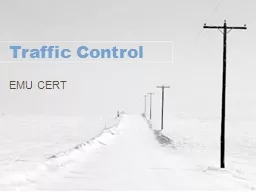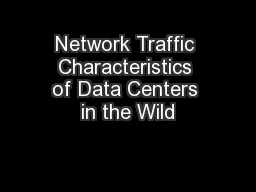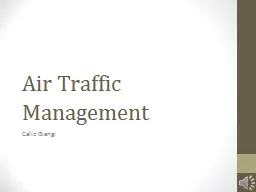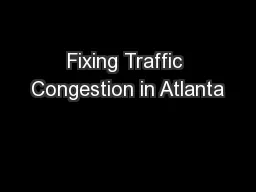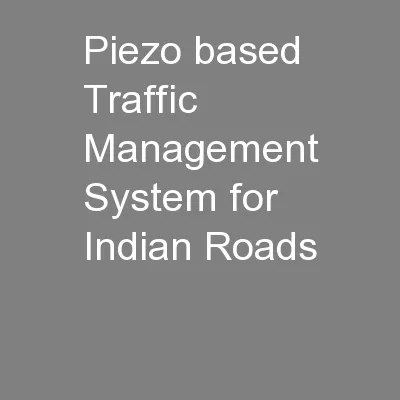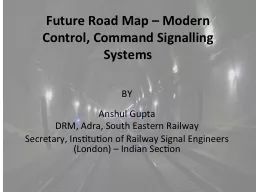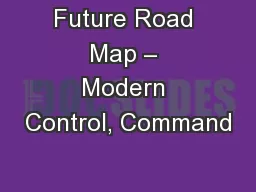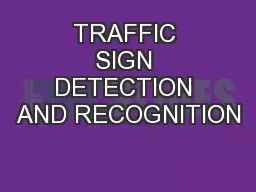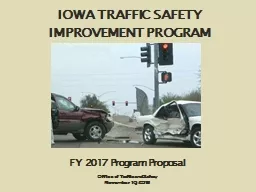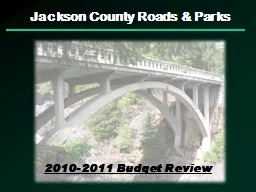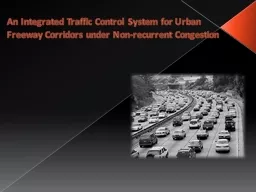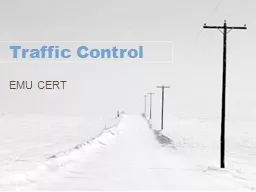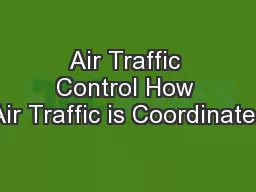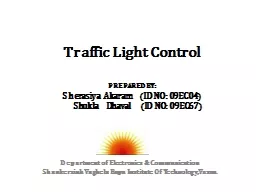PPT-Traffic Control
Author : alida-meadow | Published Date : 2016-04-19
EMU CERT When to use it Vehicle Incidents Temporary Road Closures Flooding Fire Storm Damage Special Events Detours US Highway Crashes Leading cause of death for
Presentation Embed Code
Download Presentation
Download Presentation The PPT/PDF document "Traffic Control" is the property of its rightful owner. Permission is granted to download and print the materials on this website for personal, non-commercial use only, and to display it on your personal computer provided you do not modify the materials and that you retain all copyright notices contained in the materials. By downloading content from our website, you accept the terms of this agreement.
Traffic Control: Transcript
Download Rules Of Document
"Traffic Control"The content belongs to its owner. You may download and print it for personal use, without modification, and keep all copyright notices. By downloading, you agree to these terms.
Related Documents

